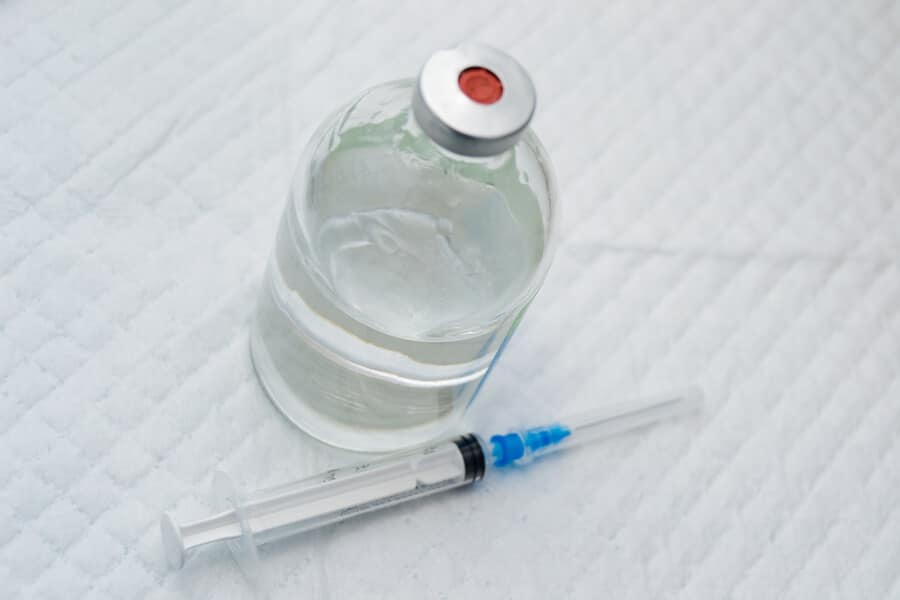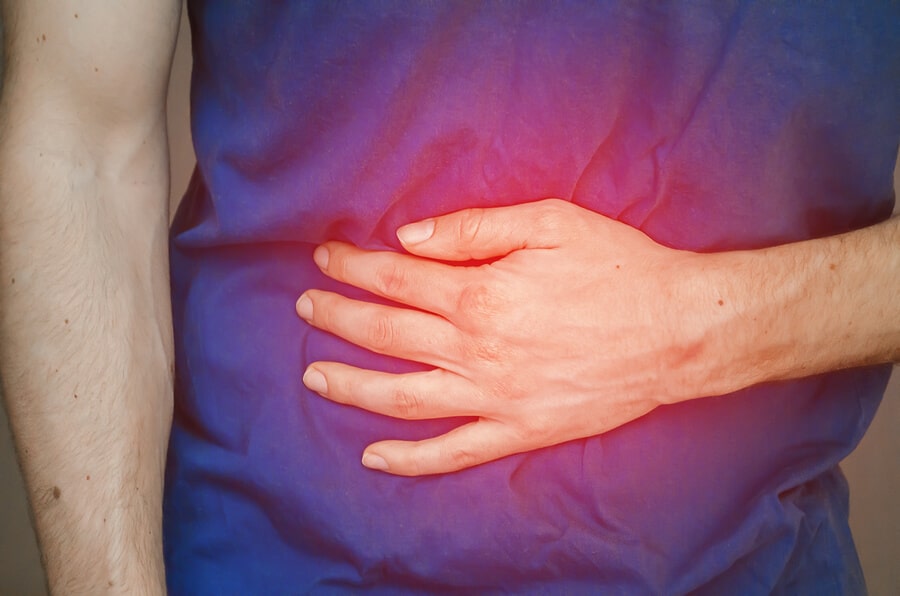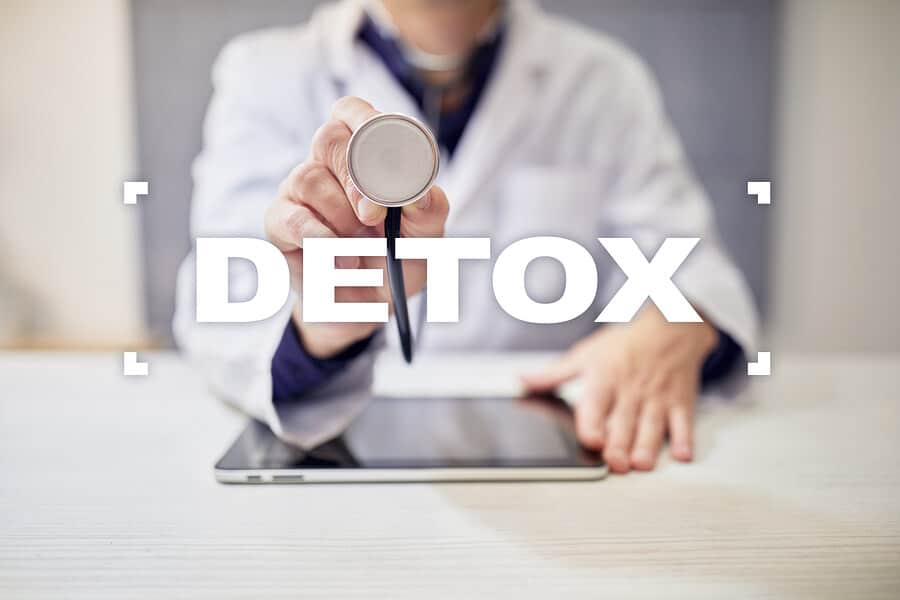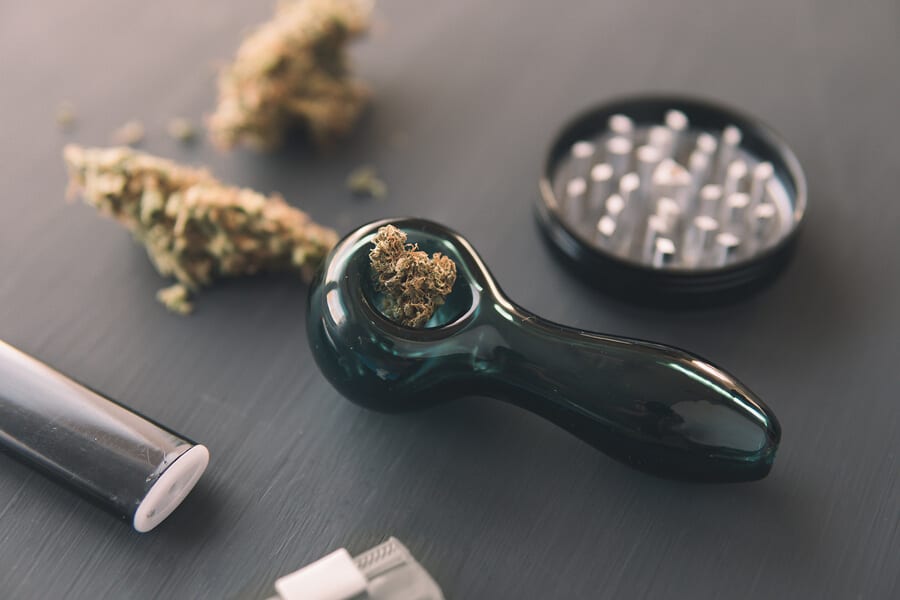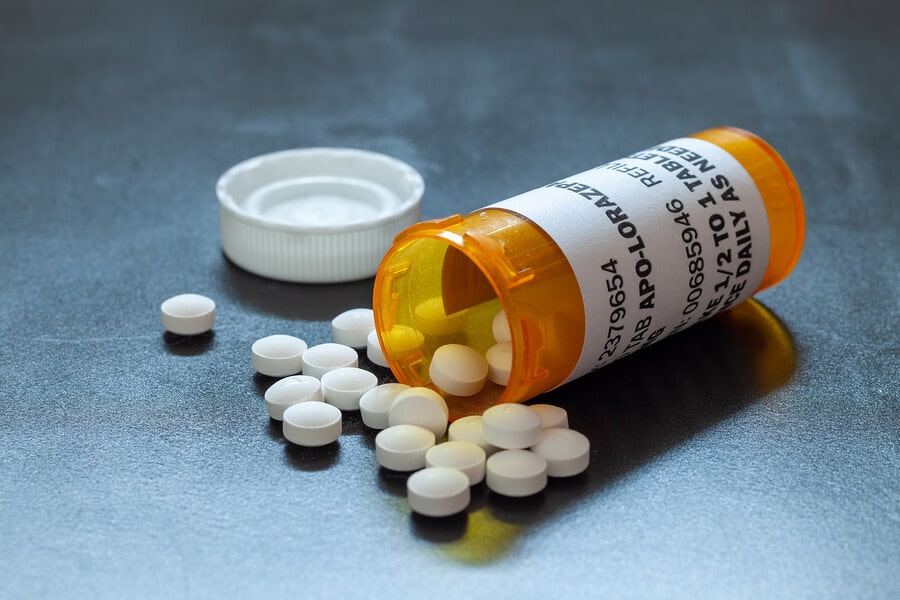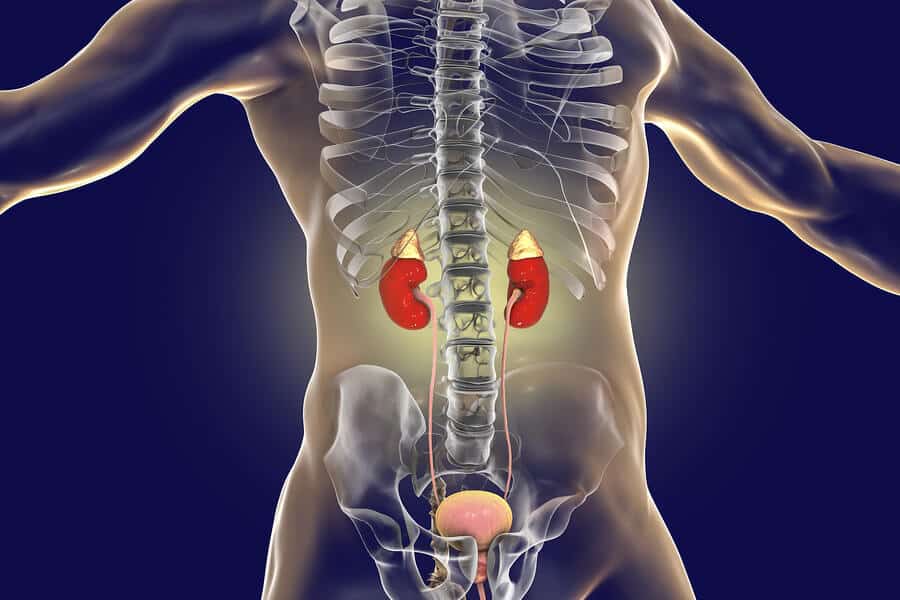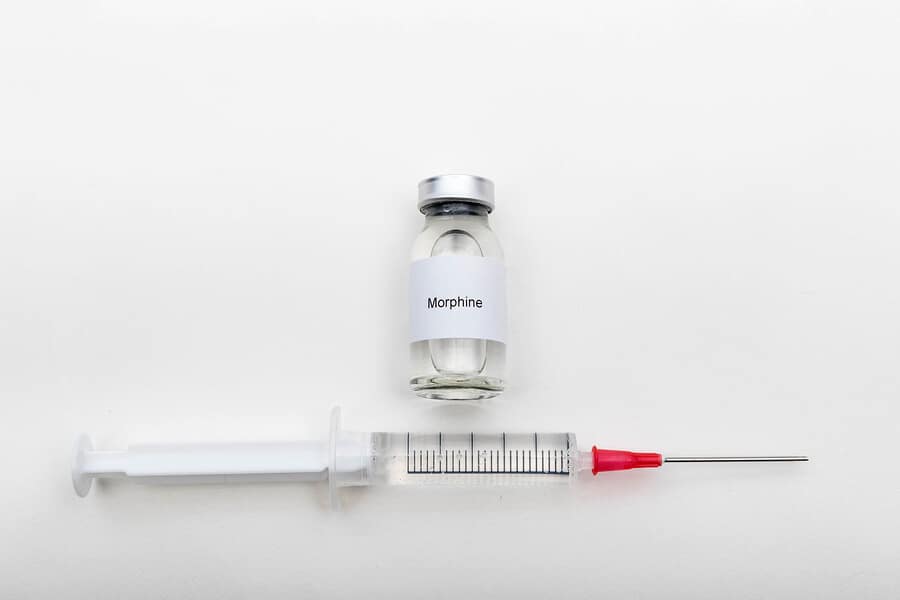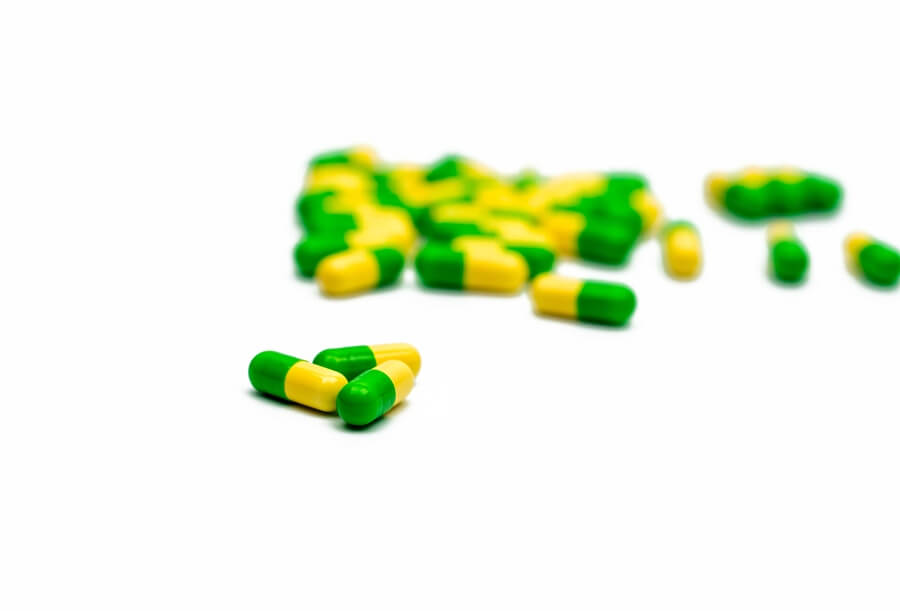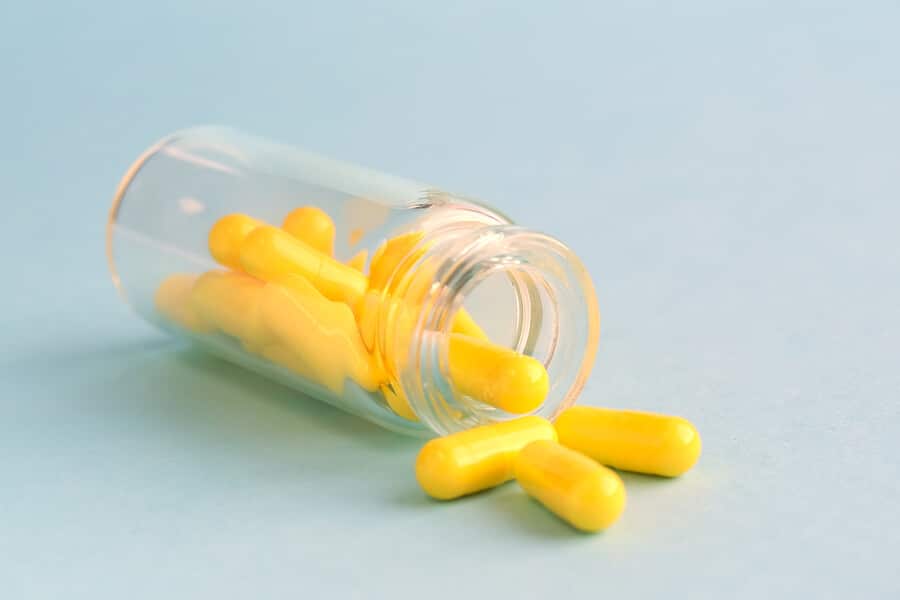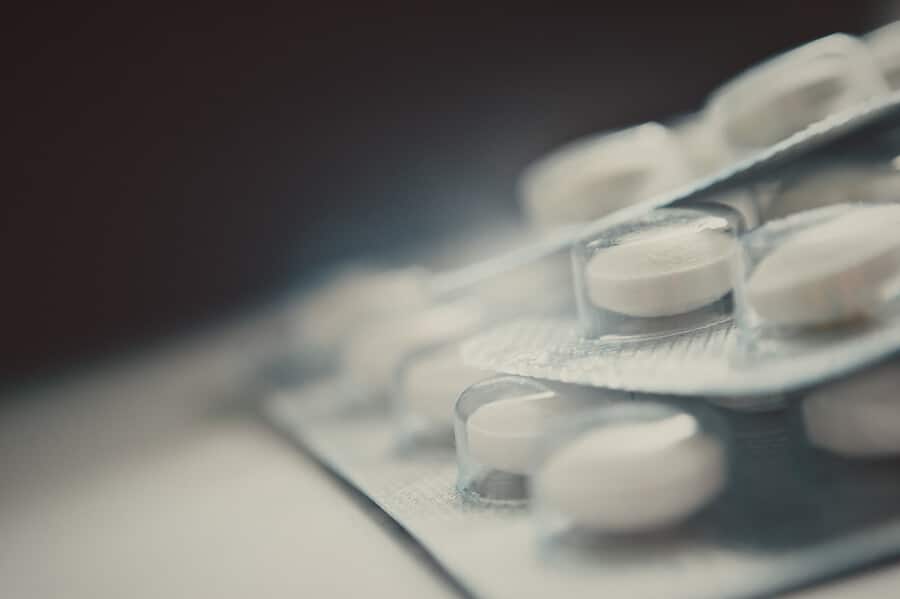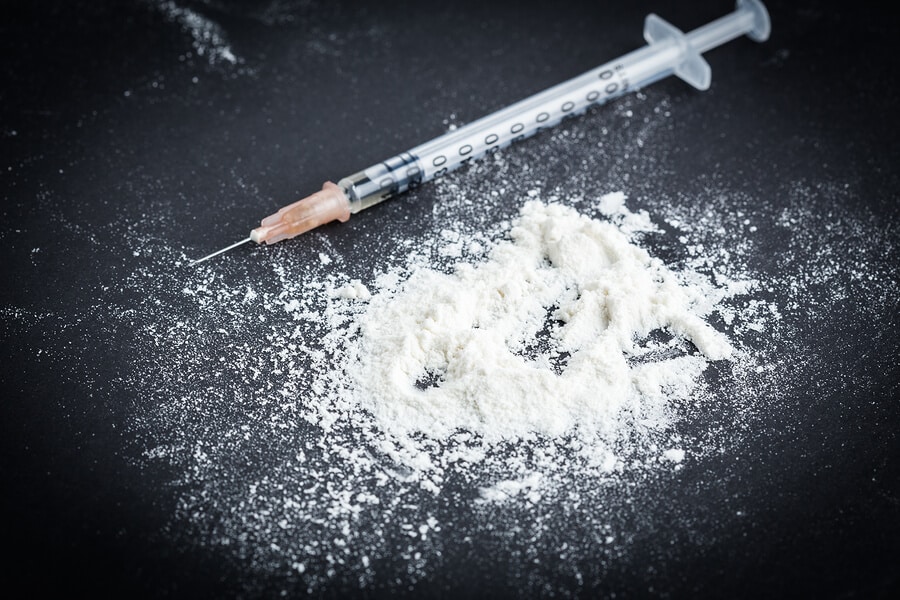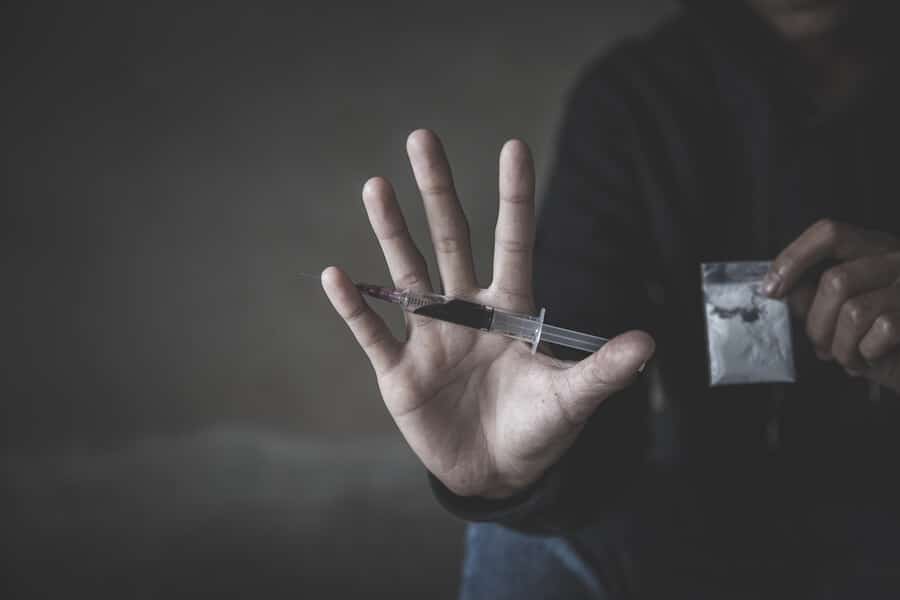
Crystal Meth use in the gay community has been a concern since the 1990’s but in recent years, use has skyrocketed. Meth is a stimulant which makes users feel euphoric, energized, and invincible. Because of these feelings the meth’s popularity has grown significantly in the club and circuit scenes as a party drug.
A recent study found that gay men are four times more likely to try meth than straight men. What’s troubling is that meth is so addictive that users often get hooked on their very first try.
The euphoric state helps users escape negative feelings around the social stigmas and internalized homophobia which can affect many in the gay community. Furthermore, meth’s effect on self-esteem, lowered inhibitions, and increased sexual drive, endurance and pleasure all feed into a growth in use in the pick-up scene.
Meth Dangers
Methamphetamine use is associated with a myriad of health concerns, both short and long-term.
Acute Health Concerns
- Erratic, dangerous, sometimes violent behaviors
- Increased heart rate, blood pressure, and body temperature
- Nausea
- Psychosis
- Hallucinations
- Impotence
- Convulsions or seizures when used in high doses which can lead to overdose and death
Long-Term Effects of Meth Use
- Increased heart disease risk at a young age
- Higher risk of contracting HIV, STDs, Hepatitis, and MRSA
- Permanent blood vessel damage in the brain
- Higher risk for developing neurological conditions such as Alzheimer’s, Parkinson’s, and Epilepsy
- Liver, kidney, and lung damage
- Psychosis
- Depression
- Malnutrition
- Severe tooth decay and/or loss, also known as “Meth mouth”
- Premature skin ageing
Combining Meth with Other Drugs
The gay community is considered to be the largest consumer of “party” drugs. While crystal meth is known to be the most popular but it is often combined with other drugs (polydrug use) such as Ketamine, Poppers, and Ecstasy when in a party environment. Each of these drugs on their own carry health and safety concerns but any combination creates additional risks. For instance, speedballing, mixing sedatives with uppers like meth, can wreak havoc on the body’s systems. Polydrug use is associated with numerous health concerns and consequently it is a common cause of emergency room visits, carries high risk of overdoses, and greatly increases heart attack risk.
Meth & STDs among MSM
Meth use in the gay community is increasing STD risks in the party scene. Among men who have sex with men (MSM), apps like Grindr and Tinder are increasing the prevalence of anonymous sex parties, in which crystal meth use is commonplace. Because meth lowers sexual inhibitions and impairs judgement, users are more likely to engage in risky sexual behaviors such as unprotected sex and sex with multiple partners. Both of these behaviors increase the risk of contracting STDs and HIV. In fact, studies have found a strong association between methamphetamine use and HIV infection. Another study found that methamphetamine users had two times as many partners in the prior four weeks, were 1.7 more likely to have gonorrhea, twice as likely to have Chlamydia, and five times as likely to have syphilis then the general population.
Further risk for disease comes when methamphetamine is injected using shared needles which increases the risk of contracting HIV, Hepatitis and MRSA.
Getting Help
Methamphetamine is a highly addictive drug. Therefore, detoxing in a clinical treatment environment can help immensely with commitment, withdrawals, and support. Treating addiction as a medical condition offers the best chance for long-term recovery and a healthy sober life.
However you identify, if you or a loved one are struggling with addiction, help is available. Call us today to find out how we can support you through this difficult time. We’re here to listen.
Sources
Colfax G. Crystal meth and the epidemic of HIV/STD among MSM in the United States. Panel session 10.
Jones TS. Methamphetamine use and infectious diseases. Panel session 10.
www.sciencedaily.com/releases/2007/08/070827101123.htm
https://www.jwatch.org/ac200704130000004/2007/04/13/drugs-sex-and-hiv-infection-among-msm
https://www.ncbi.nlm.nih.gov/pmc/articles/PMC3375784/
https://www.jwatch.org/ac200712030000001/2007/12/03/crystal-meth-and-hiv-aids-perfect-storm
https://www.sciencedaily.com/releases/2000/03/000328084630.htm

